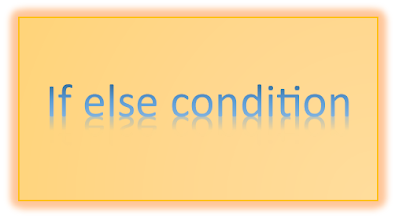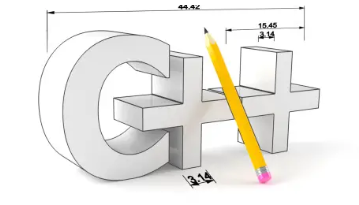If else condition

Mastering JavaScript: Unleashing the Power of If-Else Conditions for Web Development: In JavaScript, an if-else statement allows you to make decisions and execute different blocks of code based on a condition. It follows a simple structure: if ( condition ) { // Code to execute if the condition is true } else { // Code to execute if the condition is false } The condition is a logical expression that evaluates to either true or false. If the condition is true, the code within the first block will run. Otherwise, the code within the else block will execute. If you have multiple conditions to check, you can use else-if statements: if ( condition1 ) { // Code to execute if condition1 is true } else if ( condition2 ) { // Code to execute if condition1 is false and condition2 is true } else { // Code to execute if both condition1 and condition2 are false } By utilizing if-else statements and conditions, you can create...


